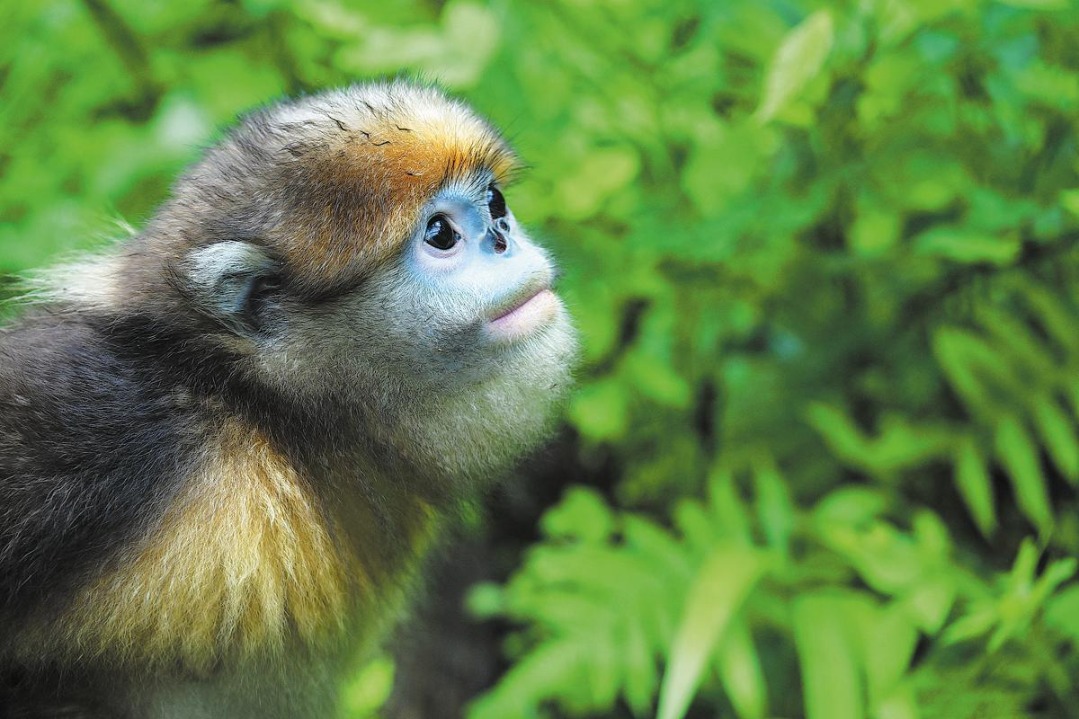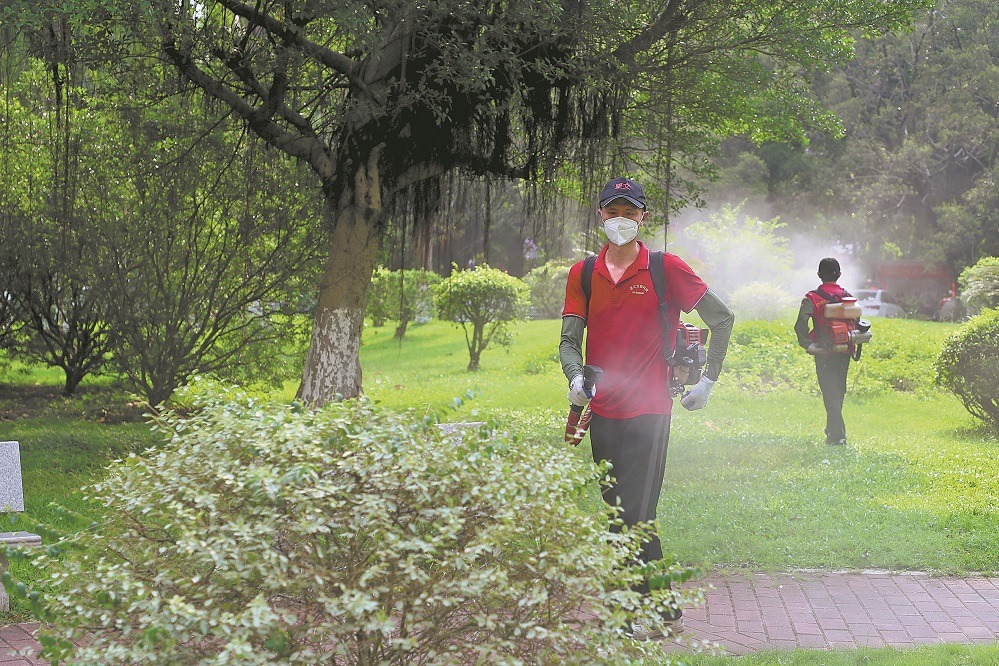Chinese photographers reach for the stars
Young talent shines in international competition, Julian Shea reports in London.

The significance of stars in Chinese culture dates back thousands of years. From the earliest known star catalogs compiled by astronomers Gan De and Shi Shen in the 4th century BC, to the modern-day Shenzhou XVI space flight, the mysteries of the heavens have held a particular fascination for the people of China, and that enduring celestial appeal has been reaffirmed by the recent Astronomy Photographer of the Year 15 competition, held by London's Royal Observatory Greenwich.
The 15th staging of the competition attracted more than 4,000 images from photographers in 64 countries. Chinese entrants performed well, with An Jiu's Grand Cosmic Fireworks winning the Skyscapes category, and Liang Weitang's image, The Eyes Galaxies, finishing as runner-up in the Galaxies class.
But it was in the Young Photographer category that China's photographic stars shone the brightest, providing the winner, runner-up, and two of the three highly commended entries.
"Every year in the competition, we're going from strength to strength, and we learn a bit more, with the next year pushing our knowledge even further," says Ed Bloomer, public astronomy manager at the Royal Observatory.
"We have increasing numbers of entrants, and also an increasing number of entries, as each person can enter up to 10 photos, and in 2023, China had the second-highest number of entries behind the United Kingdom, but that's to be expected as we are the competition hosts."
Photographers from China have twice won the overall top prize. Dong Shuchang won in 2021 with The Golden Ring, and in 2016 Jin Yu took top prize for the image Baily's Beads.
But last year the youngsters stood out, especially 14-year-old duo Xu Runwei and Wang Binyu for their image of the star-forming region and emission nebula called IC 2944, located 6,000 light-years away in the constellation Centaurus, which is 100 light-years across and known as the Running Chicken Nebula, which was the title of their image.
One thing that may surprise people who see their contribution in the exhibition of prize winners on display at the observatory in southeast London and online is that the entry by two teenagers in China is recorded as having been taken thousands of kilometers away in Chile.
Gold standard picture
"Lots of astro photographers at this level like to travel a lot, go to certain places to get the best photos, and if they can't do that, as was the case during the pandemic, they may be using robotic scopes in another country, which is what these two did," Bloomer explains, pointing out that artistic judgment is still needed to come up with such a striking image.
"You still have to collect the data and process it to make aesthetic choices. The Running Chicken Nebula had a lovely balance of colors, and a lot of the fine detail is very clear. Their image lets an astronomer see what's going on, and it's also very beautiful in its composition. So there wasn't much debate, we put it through to the shortlist very quickly.
"Choosing winners takes a long time, and we make sure we have a variety of judges, from all kinds of backgrounds, so we get a broad range of opinions and look very carefully.
"We are very careful when shortlisting. We discuss and disagree, and we have to convince one another of a picture's merits, so it can take a long time. But this was a gold standard picture.
"If it was taken by someone much older and more experienced, it would still be a fantastic image. The fact it's someone younger is deeply impressive, so it scored highly across the board."
Bloomer says the variety of subjects chosen for entries, and the multiplicity of ways they could be presented, made for fascinating viewing for the judges.
"Something like the Orion nebula is very popular for beginner photographers because it's bright, it's colorful, and there's a lot going on, and then your choice of equipment and filter mean you can get all sorts of different looks from the same kit," he says.
"As well as pictures of permanent features, there are lots of things that are transient or seasonal, like the glimpse of a comet passing, an eclipse, or planetary conjunction — we're very fortunate that there is so much material. Winner in 2022 was the trail of a comet that was destroyed by its close passage to the sun, so that was the only year that those images could be captured.
"One of the things about the entries from China, which did so well, was how different they all were. Something like the Pleiades constellation is easy to point out when people are doing naked-eye stargazing, but the image and detail of its cloud structures that were captured in the image Blue Spirit Drifting in the Clouds is amazing."
Fascination with space
An Jiu says she had long been fascinated by the heavens but only began to photograph them relatively recently.
"I've loved outer space since I was a child, but because of city light pollution, I thought the images of the stars I saw had been edited," she explains. "But seven years ago, I attended a stargazing event and saw the Milky Way clearly for the first time.
"I recognized its purity and wanted to share that moment with people around me, but my phone couldn't capture it. So, I started learning astrophotography."
Her winning entry was one of nine she submitted for the competition.
"It was taken in the Himalaya Mountains in Tibet autonomous region, at about 5,000 meters, with the altitude and lack of light pollution letting me capture distant phenomena."
Astrophotography, she says, "makes us realize even more that the Earth has no borders, only land and oceans. What I enjoy most about it is the ability to transcend time and freeze moments".
The Royal Observatory Greenwich was founded in 1675 and is home to the Prime Meridian, as well as being recognized as part of the wider Maritime Greenwich World Heritage Site by UNESCO.
Its historic buildings are frequently used as a location for major movie productions, and, each year, the site welcomes around 2.5 million visitors, as well as hosting Chinese New Year celebrations.
And last fall, the Royal Observatory hosted two live events celebrating the history of Chinese astronomy.
Bloomer says the observatory "wants to make sure, year after year, that we're home to the best competition", and the levels of entrant interest were a cause for optimism.
"It's heartening to see young people enter, then move into the main competition. That's why we have a young category, to ensure that there is a pipeline of people and that they feel welcome," he says.
"The astronomy photography community is a pretty supportive one. People are genuinely interested in what one another do, so there's a generous spirit of communication and cooperation. The sharing of ideas seems to be part of the activity at this level."
This year's competition is launched in January. In the meantime, last year's winning entries can be viewed in person at Greenwich and also online.
"On the website you can see last year's winners as well as those from years gone by, and there are lots of other resources, but we really want people to come to the gallery and see the pictures," says Bloomer. "Even on the screen, they look amazing, but when you see them shown on light boxes, they make the gallery a beautiful place to walk through."
Details of activities at the Royal Museums Greenwich, including the exhibition and Chinese astronomy events, can be found at https://www.rmg.co.uk/.
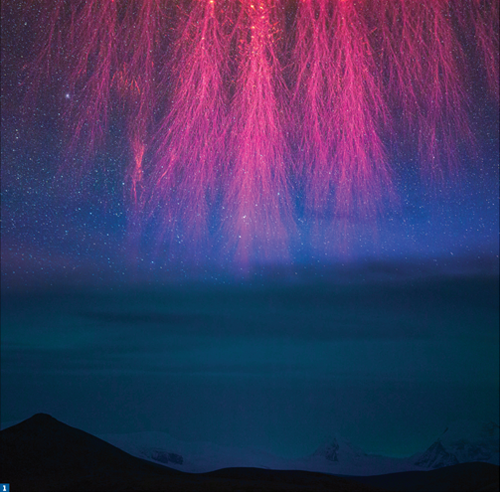

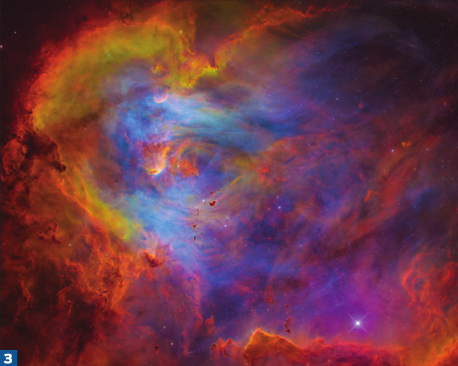
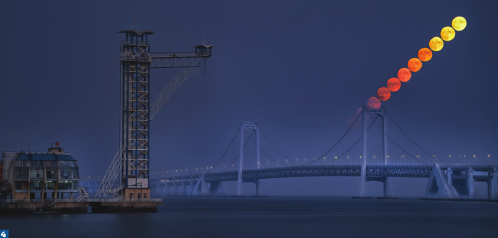
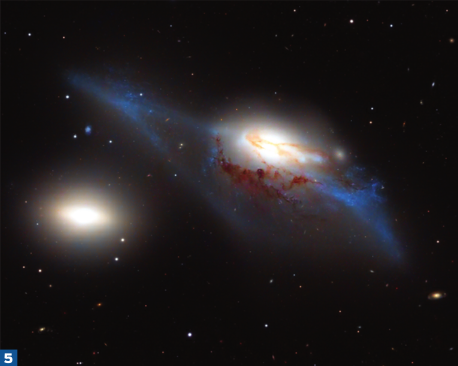
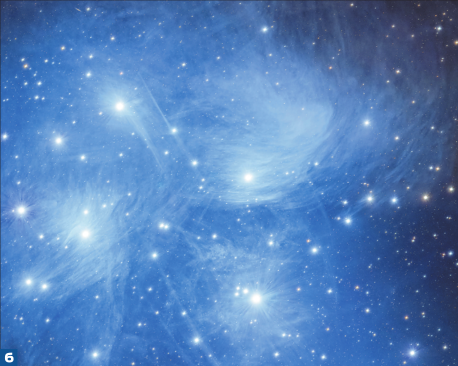
Today's Top News
- China?unveils new visa type for young sci-tech talent
- Cambodia, Thailand urged to engage in dialogue, rebuild trust
- Country remains at global forefront of digital growth
- Beautiful China vision has sown the seeds for the blossoming of an ecological civilization: China Daily editorial
- Manila needs to cut loose from Washington: China Daily editorial
- Feng Tang's reset and reinvention after 50 – Episode II: Aging and Poetry



















